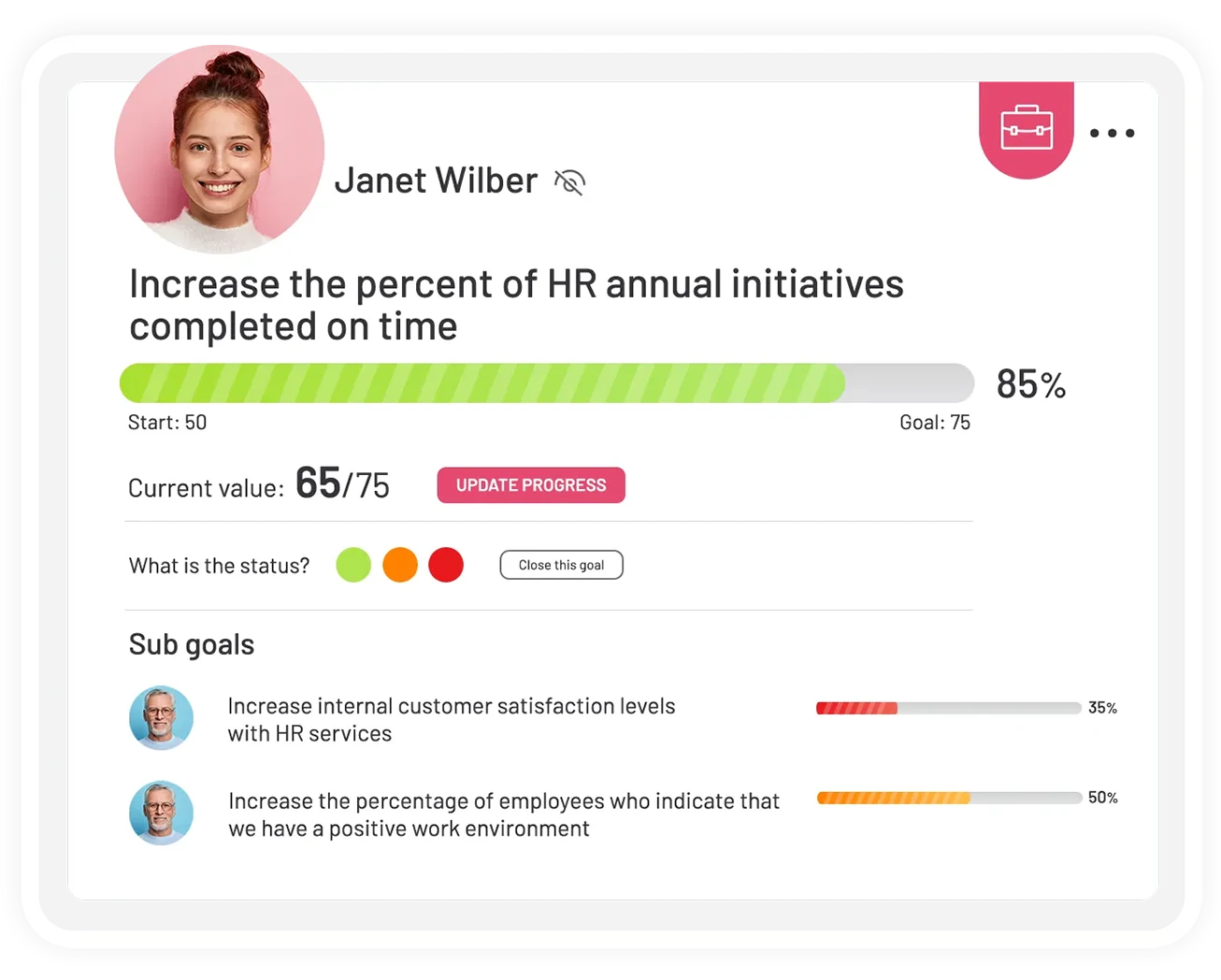Finding a way to measure employee engagement is easier said than done. After all, it isn’t a concrete concept. While concepts such as employee performance or OKRs can be measured or tracked through tasks completed or goals met. While the measurement part might be tricky, there is no denying the importance of employee engagement.
After all, engaged employees are happier, more efficient, and more likely to stick around. But how do you measure employee engagement? Well, there are a few ways. In this blog post, you will not only find ways to measure employee engagement but also tips and tricks we’ve listed that can help you boost employee engagement too!
But wait there’s more! This article comes with a companion piece! If you click right now! We will throw in an article on how to identify and re-engage disengaged employees for free! Just click right here: Identifying Disengaged Employees.
Table of Contents
5 Ways to Measure Employee Engagement
1. Employee Engagement Surveys
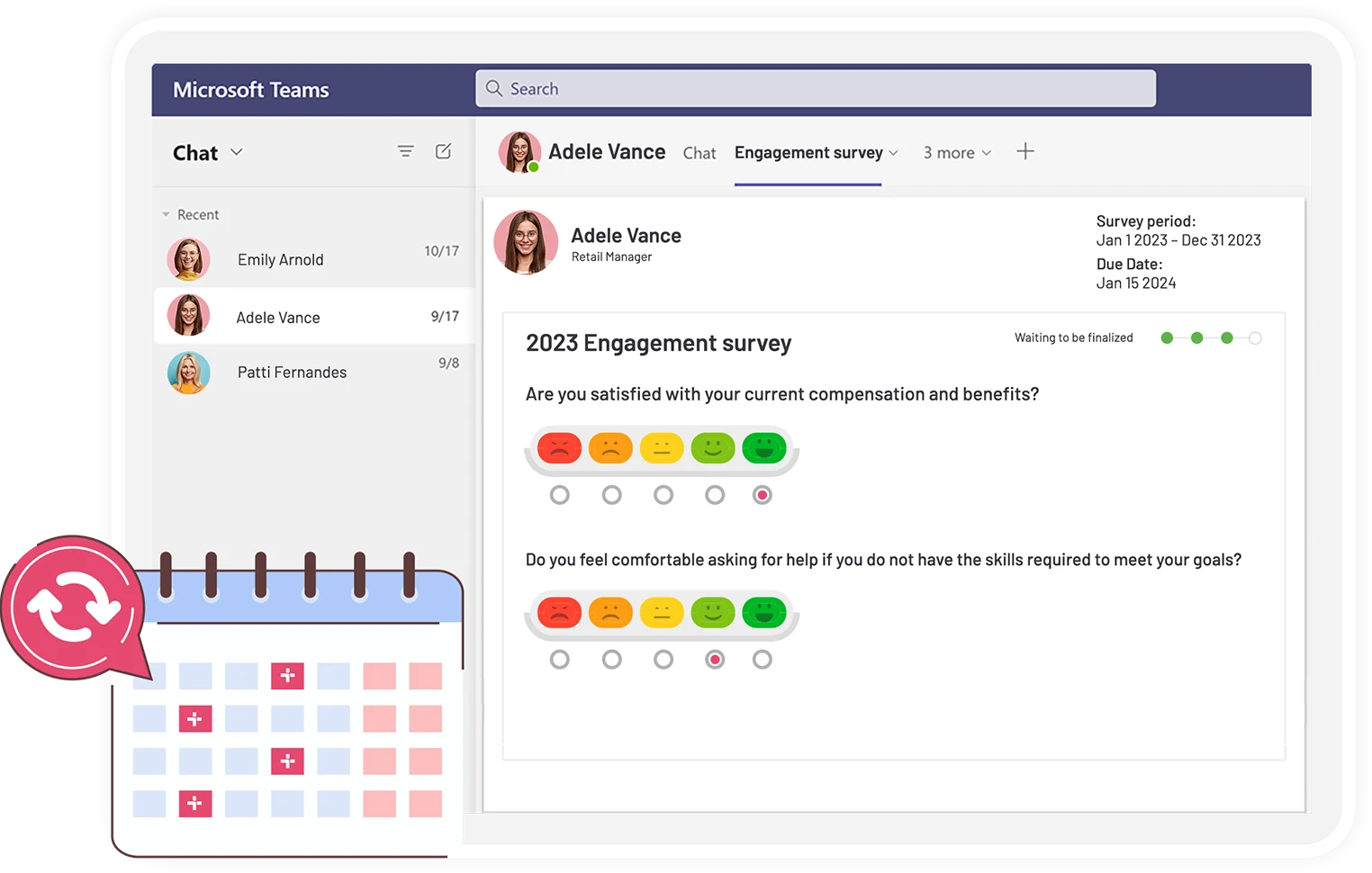
Surveys are a popular and cost-effective way to measure employee engagement. They can be used to gauge employee satisfaction, motivation, and commitment to the organization. There are various different ways to conduct employee engagement surveys to measure employee engagement. You can choose to conduct employee engagement surveys at different intervals. We are strong believers in conducting them at close intervals, even in the form of pulse surveys.
How to Conduct Employee Engagement Surveys?
These surveys are a valuable part of running a business as the happiness and satisfaction of your employees will directly impact your organization’s success. Here are four steps on how you can conduct your own employee engagement surveys:
Step 1: Define Objective:
Clearly outline the goals of your survey. What aspects do you wish to measure? Do you wish to focus more on job satisfaction, work-life balance, or career development for example? Once you determine the goal of the survey also determine the scope of which you wish to collect this data from.
Step 2: Design the Survey
Develop a well-rounded survey that has a balanced mix of qualitative and quantitative questions. Make sure that your questions are clear and relevant to your goals with the survey. Consider benchmarking the results so that you can make comparisons later on down the road. Don’t forget to keep the survey to a reasonable length to get better results.
Step 3: Administration Method
Decide how you will implement the surveys. Will it be online or on paper? Or will it be a combination of both? Whichever you choose, don’t forget to communicate the purpose of the questionnaire and emphasize confidentiality throughout the process. Remember to give a certain time frame for the distribution, completion, and finally data analysis.
Step 4: Analyze Results
Once all the responses have been recorded, take time to analyze the results with respect to your company objectives. Use statistical tools to derive meaningful insights. Be transparent regarding the results and acknowledge points of improvement. Then, implement strategies for the necessary improvements.
Don’t forget, employee engagement is an ongoing process and it is ever-evolving. Conduct regular surveys so that you can keep gathering data and compare the results from before to see your progress.
2. Performance Appraisals
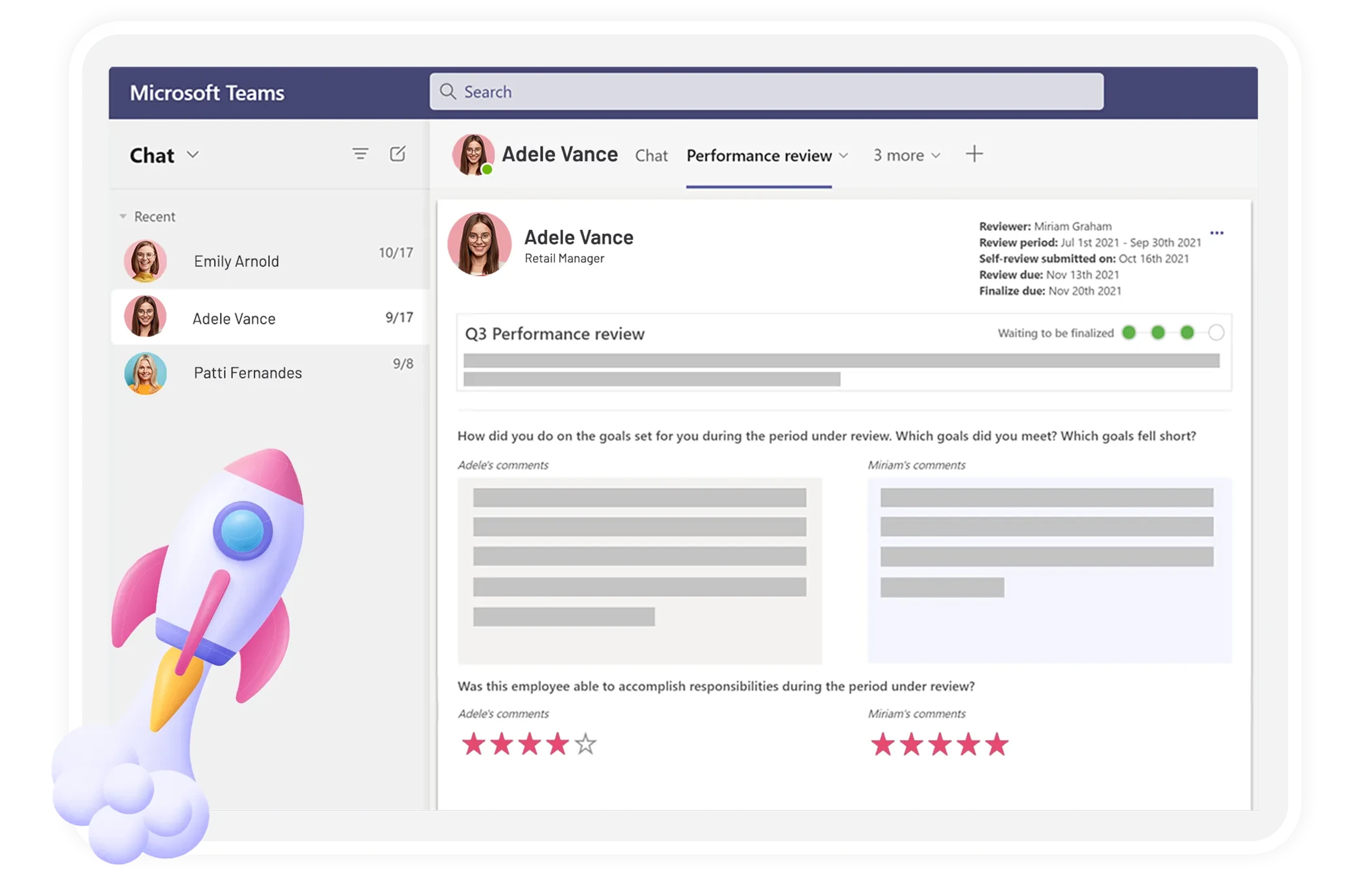
Performance appraisals are another way to measure employee engagement. While you can choose to have different performance review frequencies, we do suggest that you conduct your performance appraisals at least twice a year. They are a great way to measure employee engagement because as we’ll be discussing below in the employee engagement metrics section of this article, employee performance is a great way to measure employee engagement.
Performance appraisals give leaders a complete look at an employee’s performance within a specific duration, letting team leaders assess and measure employee engagement using that information. There are many different performance review software you can choose between but we do believe that you should invest in performance review software that presents its users with an extensive performance review template gallery.
3. Exit Interviews
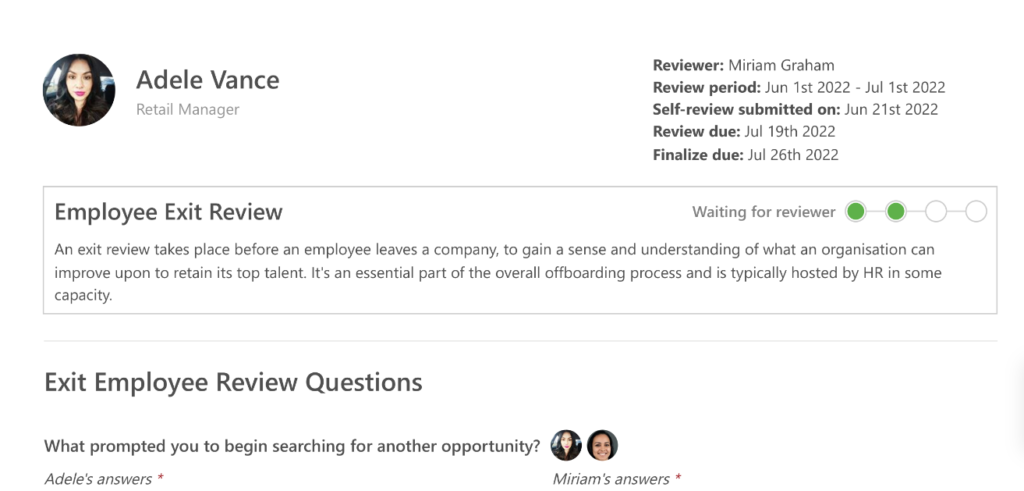
Exit interviews are a valuable tool for measuring employee engagement. An increase or decrease in employee turnover rates is a crucial metric for those who wish to measure employee engagement. An employee’s departure more often than not isn’t a very pleasant experience. Exit interviews allow leaders to turn employee departures into opportunities to not only decrease turnover rates but also measure employee engagement.
These interviews are conducted with employees who are leaving the organization and can provide valuable insight into the reasons for their departure. This information can be used to identify and address issues that may be impacting employee engagement.
4. 360-Degree Feedback
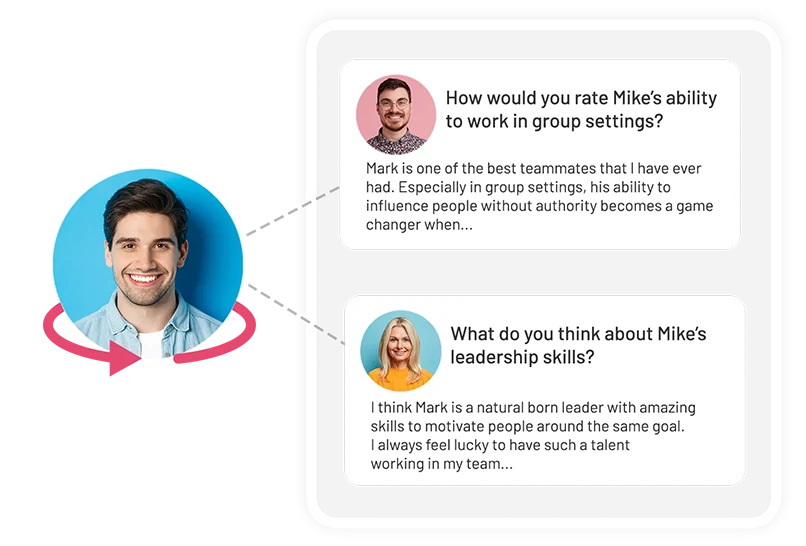
360-degree feedback is a comprehensive way to measure employee engagement. This method involves gathering feedback from multiple sources, including supervisors, peers, and subordinates. This approach provides a more well-rounded view of an employee’s performance and can help identify areas for improvement.
There are various different ways to exchange feedback within your organization. There is some incredibly useful employee feedback software available to managers and direct reports alike. If you are in the market for feedback software, your feedback software of choice should come with a feedback template gallery for you to implement into your operations.
5. One-on-one Meetings

Sometimes the simplest answer is the best one. How do you measure employee engagement? Maybe you simply ask your employees how they feel! Regular one-on-one meetings with employees are an effective way to measure employee engagement.
One-on-one meetings provide an opportunity for employees to share their thoughts and concerns, and for managers to provide feedback and support. They also create a sense of connection and trust between employees and management, which can help to improve employee engagement.
How can you integrate these into your flow of work?
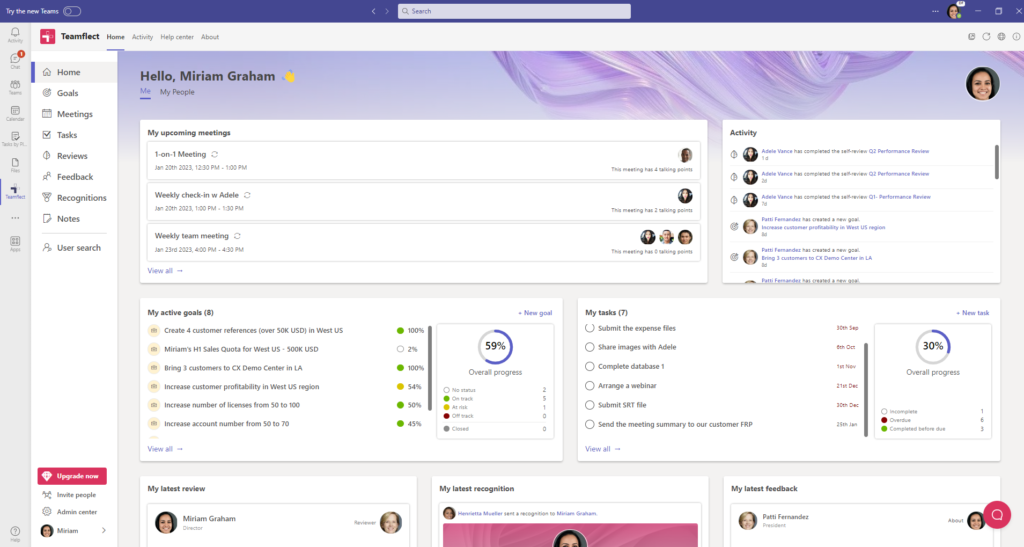
All of the ways to measure employee engagement listed above, while being very useful, can be a bit hard to integrate into the daily workflow. This is where you can make use of employee engagement software with strong performance management and feedback capabilities. This is where we throw our hat in.
Teamflect is an all-in-one performance management solution with all the tools you need to measure employee engagement. All the methods listed above are merely a fraction of the features Teamflect offers that you can use without ever having to leave Microsoft Teams.
- Employee engagement surveys
- A massive performance review template gallery
- Customizable recognition to keep your employees engaged
- OKR Management
- Task setting and tracking
- So much more!
